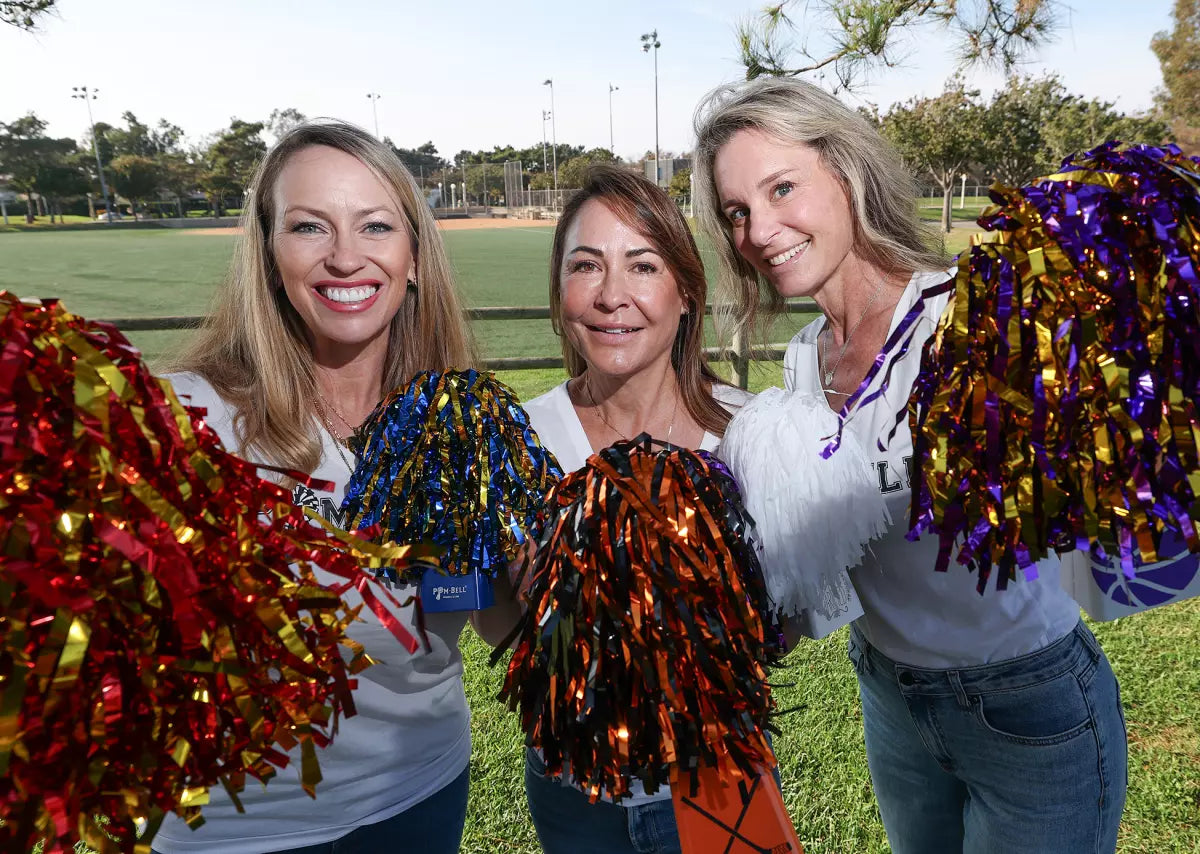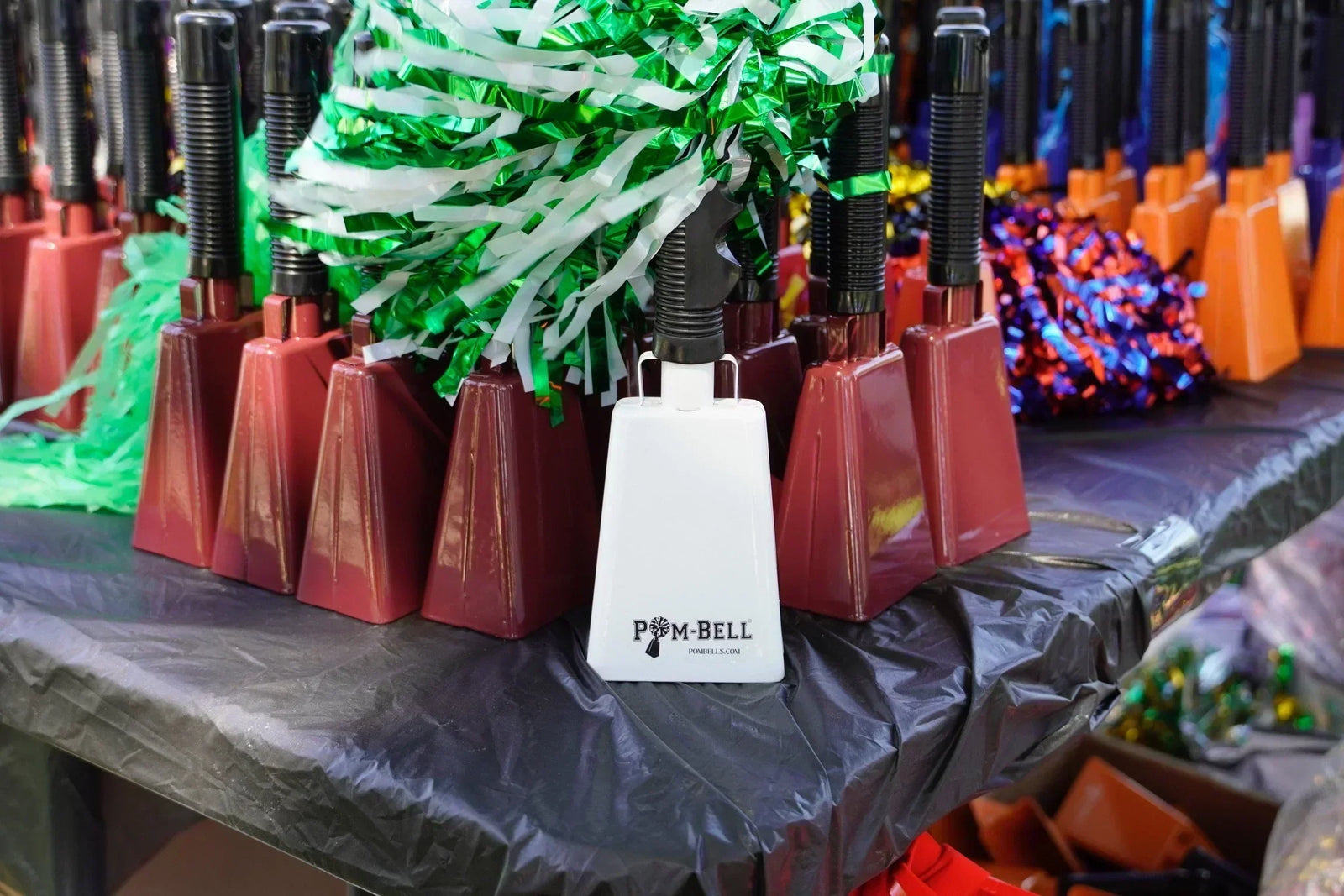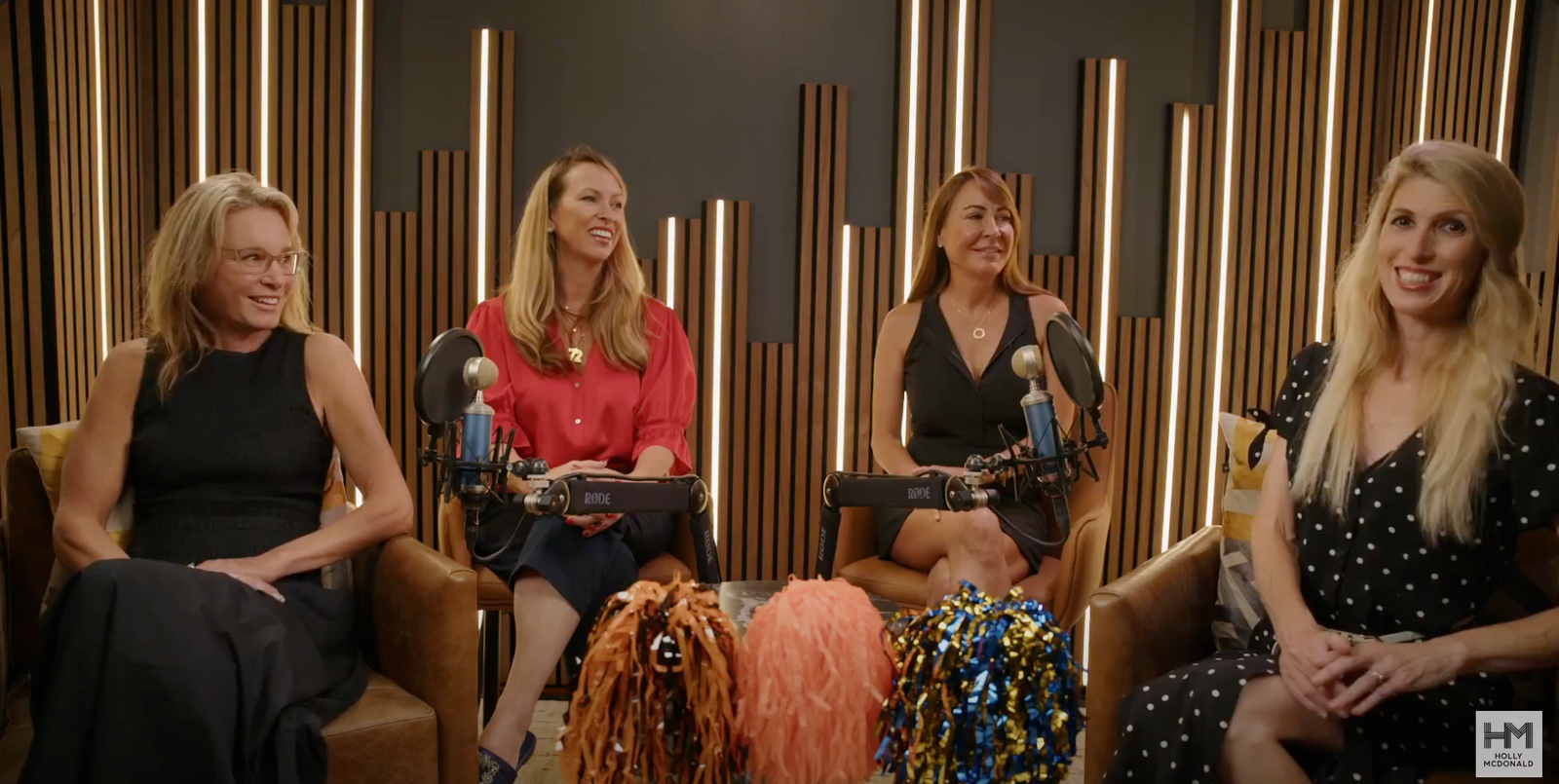Are Noisemakers Allowed at Marathons? Rules, Tips & Cowbell Traditions
If you’ve ever been to a marathon, you know that the crowd support is what keeps runners going. Spectators line the streets with signs, cheers, and yes — noisemakers. From the classic marathon cowbell to clappers and PomBells, these simple tools bring energy to the sidelines and motivation to the athletes.
But if you’re planning to watch a big race, you might be wondering: Are noisemakers allowed at marathons? The answer depends on the event. Here’s a guide to the rules, traditions, and best practices for marathon cheering.
Why Noisemakers Are Part of Marathon Cheering
-
Motivation for runners: A well-timed cowbell jingle or PomBell shake can give tired athletes a second wind.
-
Tradition: Cowbells are a fixture at endurance races worldwide — from Alpine mountain marathons to the Boston Marathon.
-
Community spirit: Cheering with noisemakers turns spectators into active participants, making marathons feel like giant street parties.
General Rules: Are Cowbells Allowed at Marathons?
Every race has its own spectator guidelines, but here’s what you’ll usually find:
-
Hand-held noisemakers like cowbells, PomBells, and clappers are welcome at most major marathons, including theNew York City Marathon,Chicago Marathon, andBoston Marathon.
-
Air horns, vuvuzelas, and large props are often prohibited for safety and security reasons.
-
International marathons vary: in Europe, cowbells are practically required at some races, while in Japan, clapping and organized chants are more common.
-
Smaller community or charity races are often the most flexible — some even hand out cowbells to spectators before the start.
Tip: Always check the official marathon spectator rules on the event’s website before you head out.
Best Practices for Marathon Spectators with Noisemakers
-
Stick to small, hand-held cheering gear like cowbells or PomBells.
-
Don’t block runners’ paths or overwhelm them in quiet zones (some races have “no noise” sections).
-
Spread out along the course so runners hear support at every stage.
Combine your noisemaker with cheering and signs — the louder and more visible, the better.




